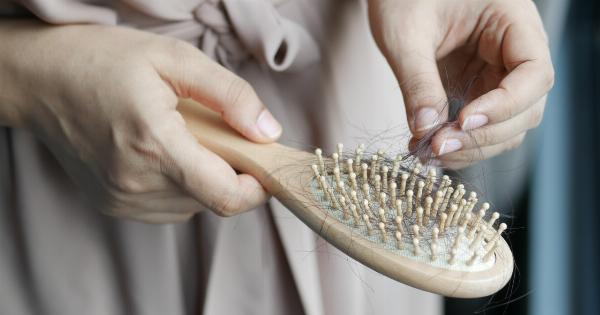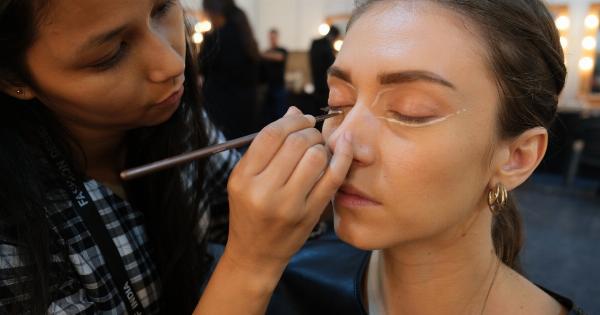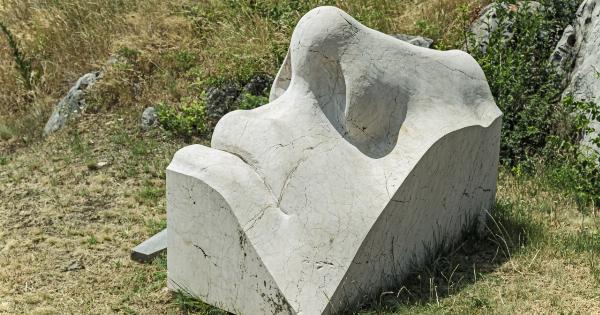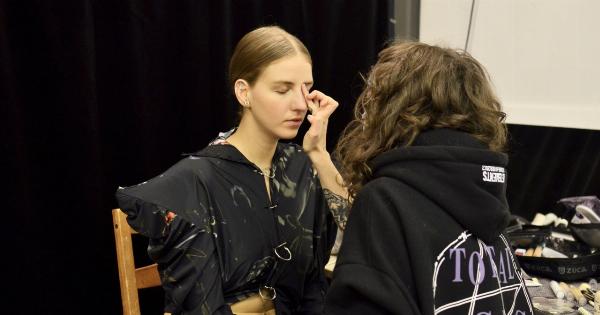Testosterone is a hormone that plays a vital role in human health. It is responsible for a variety of functions such as regulating fat distribution, muscle mass, bone density, and red blood cell production.
In addition to these crucial roles, testosterone also influences the development of secondary sexual characteristics in males, including facial features.
Facial features are an essential aspect of human identity, and testosterone levels can affect them. The following are the various facial features that reflect high testosterone levels.
The Brow Ridge
One of the most significant features that reflect high testosterone levels is the brow ridge. This is the protrusion of the brow bone above the eyes.
Testosterone plays a key role in the development of the brow ridge and makes it more prominent in men with higher levels of testosterone. Women, on the other hand, tend to have a flatter brow ridge than men.
Jawline
Testosterone also affects the development of the jawline in men. Those with high testosterone levels typically develop a more prominent and wider jawline than those with lower levels.
In addition to being a symbol of masculinity, a larger jawline can make a man appear more attractive to women.
Darker facial hair
One of the most obvious visual clues of testosterone is facial hair. The hormone stimulates hair follicles on the face to produce thicker and faster-growing hair.
Those with high levels of testosterone will have the ability to grow darker and thicker beards, mustaches, and sideburns. In contrast, men with lower levels of testosterone will have less hair or patchy beards.
Deeper voice
The voice is not exactly a facial feature, but it is part of masculinity. As testosterone increases, the voice box (larynx) grows larger, and the vocal cords grow thicker. This causes a deepening of the voice that is commonly associated with masculinity.
Smaller eyes
Studies have also shown that men with high levels of testosterone tend to have smaller eyes than those with lower levels. High levels of the hormone may cause the ocular cavity to become smaller, affecting the overall size and appearance of the eyes.
Nose shape
Another indication of high testosterone levels is the shape of the nose. Men with higher levels of testosterone tend to have broader and more prominent noses than those with lower levels.
A broad nose is considered to be more masculine and attractive in men.
Thick neck
The thickness of the neck is also a feature that can reflect high levels of testosterone. Testosterone stimulates the growth of the muscles in the neck, making it appear thicker and more prominent.
A thick neck is commonly associated with male strength and power.
Square chin
Testosterone can cause the growth of bone and cartilage in the lower jaw, resulting in a square chin. A square chin is a classic masculine feature and is often associated with leadership, confidence, and strength.
Strong cheekbones
Men with high levels of testosterone typically have stronger cheekbones than those with lower levels. Testosterone stimulates the growth of bones in the face, and this can result in more prominent cheekbones which are a classic marker of masculinity.
Wider forehead
Lastly, men with high levels of testosterone tend to have a wider forehead. Testosterone plays a role in the development of the skull, and higher levels can lead to a wider forehead. This is often seen as a sign of strength and masculinity.
In conclusion,
testosterone plays a significant role in the development of facial features. High levels of testosterone can result in features such as a prominent brow ridge, a thick neck, dark facial hair, a square chin, strong cheekbones, and a wider forehead.
These features are often associated with masculinity and attractiveness. However, it is important to note that these features are not the only indicators of masculinity, and individuals with lower testosterone levels can also be very masculine.






























